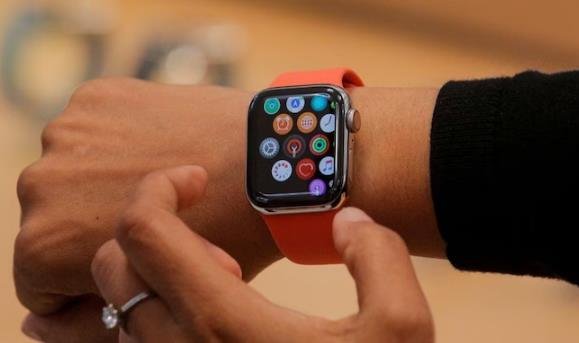The Apple Watch is more than just a smart device that can track your fitness goals and notify you of incoming messages. It can also be a lifesaver, as one man discovered when his Apple Watch detected a major heart issue that he was unaware of.
How the Apple Watch alerted the man of his heart problem
The man, who is 40 years old and otherwise healthy, was wearing an Apple Watch Series 6 when he started receiving notifications for low cardio fitness, or VO2 max. This is a measure of how much oxygen your body can use during exercise, and it can indicate your overall health and fitness level.
The man ignored the notifications at first, thinking they were due to his lack of physical activity during the COVID-19 pandemic. However, he became concerned when the notifications persisted even after he resumed his regular exercise routine.

He decided to consult a doctor, who performed several tests on him and found out that he had a serious heart condition called familial nonischemic cardiomyopathy. This is a genetic disorder that causes the heart muscle to become weak and enlarged, affecting its ability to pump blood efficiently. It can lead to heart failure, arrhythmias, and sudden cardiac death.
The man was shocked by the diagnosis, as he had no symptoms or family history of the condition. He was prescribed medication and advised to increase his cardio exercise. He also enrolled in a study conducted by researchers from Israel, who published their findings in the Interactive Journal of Medical Research.
How the researchers verified the Apple Watch’s accuracy
The researchers wanted to verify if the Apple Watch’s cardio fitness feature was accurate and reliable in detecting heart problems. They compared the Apple Watch’s VO2 max estimates with those obtained from a standard treadmill test, which is considered the gold standard for measuring cardiorespiratory fitness.
They found that the Apple Watch’s VO2 max estimates were highly correlated with the treadmill test results, with a mean difference of only 0.3 ml/kg/min. They also found that the Apple Watch’s VO2 max threshold for low cardio fitness (14 ml/kg/min for men and 12 ml/kg/min for women) was consistent with the clinical criteria for heart failure.
The researchers concluded that the Apple Watch’s cardio fitness feature can be a useful tool for early screening and detection of heart problems, especially in asymptomatic individuals who may not seek medical attention otherwise. They also noted that the Apple Watch can provide feedback and motivation for users to improve their cardio fitness through exercise.
What are the benefits and limitations of the Apple Watch’s heart features
The Apple Watch has several features that can help users monitor their heart health, such as:
- The heart rate sensor, which can measure your resting and active heart rate, as well as alert you of high or low heart rate or irregular rhythm.
- The electrocardiogram (ECG) app, which can record an ECG waveform and detect atrial fibrillation (AFib), a common type of arrhythmia that can increase the risk of stroke.
- The blood oxygen app, which can measure your blood oxygen saturation (SpO2), which can indicate how well your lungs and circulatory system are delivering oxygen to your body.
- The fall detection feature, which can automatically call emergency services if you fall and remain motionless for more than a minute.
These features can provide valuable information and insights into your heart health, as well as alert you of potential issues that may require medical attention. However, they are not intended to replace professional diagnosis or treatment, and they have some limitations and inaccuracies that users should be aware of.
For example:
- The heart rate sensor may not work well if you have tattoos, scars, or skin conditions on your wrist, or if you wear your watch too loosely or tightly.
- The ECG app may not detect all types of arrhythmias or heart conditions, and it may generate false positives or negatives in some cases.
- The blood oxygen app may not work well if you have cold hands, low blood circulation, or nail polish on your fingers, or if you move your wrist during the measurement.
- The fall detection feature may not detect all types of falls or movements, and it may trigger false alarms in some situations.
Therefore, users should always consult their doctors if they have any concerns or symptoms related to their heart health, and they should not rely solely on their Apple Watch for diagnosis or treatment.
